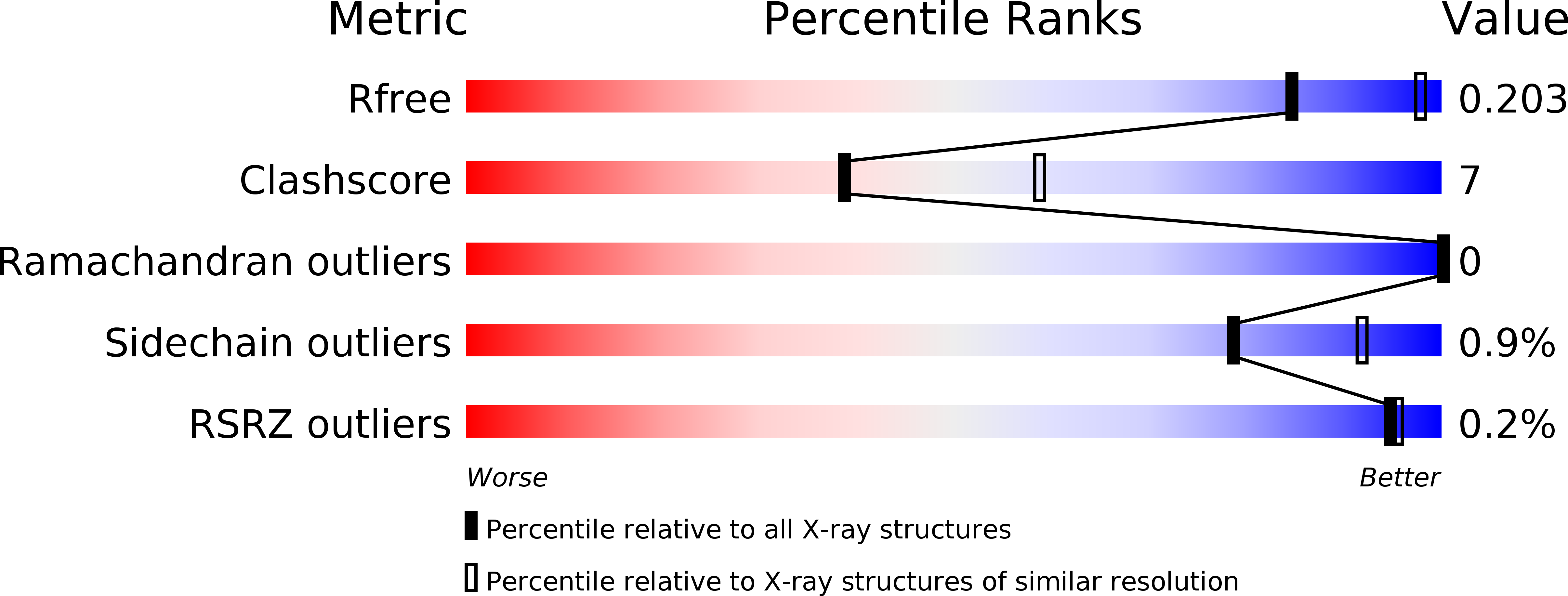
Deposition Date
2012-10-02
Release Date
2013-05-29
Last Version Date
2024-05-08
Method Details:
Experimental Method:
Resolution:
2.50 Å
R-Value Free:
0.21
R-Value Work:
0.17
R-Value Observed:
0.17
Space Group:
P 21 21 21


